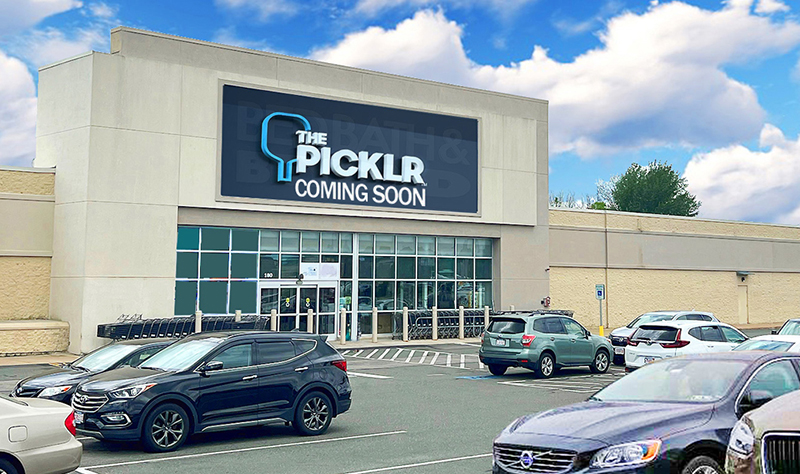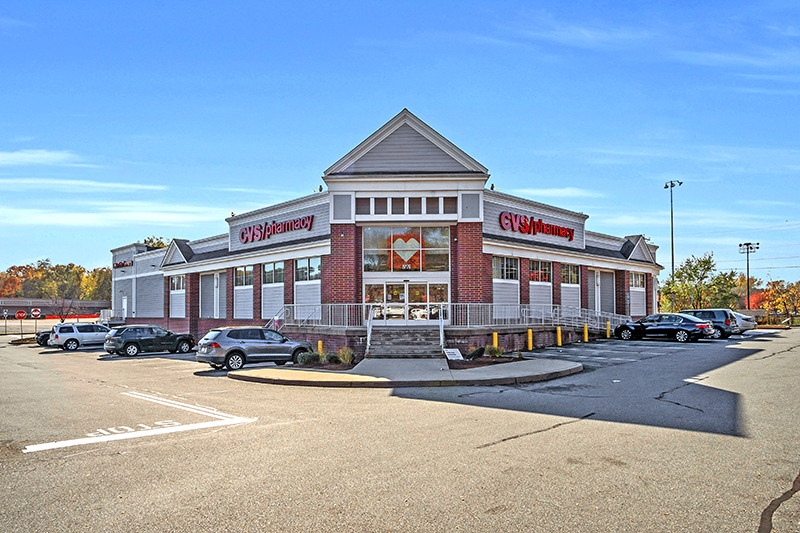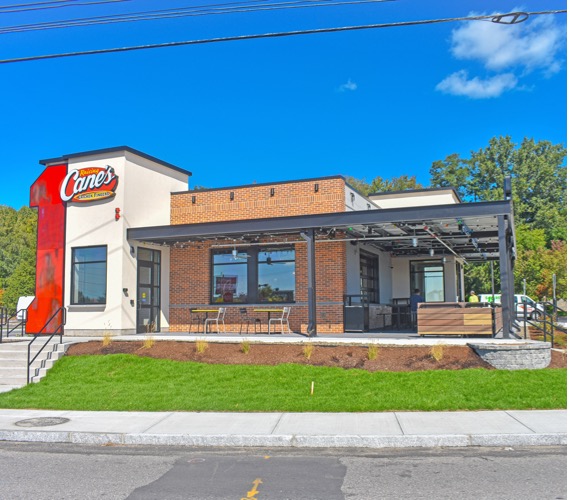News: Retail
Posted: August 27, 2015
Live, work, play, shop: Mixed-use becoming an integral part of new development
The public and private realms come together and create a captivating social experience. Mixed and successfully planned built environments are eliminating the strict segregation of land uses. Cities are moving toward compact development and land use efficiency to reduce congestion and create more walkable neighborhoods. The traditions that drive these designs are grounded in the principles of traditional neighborhood design. Successful mixed-use developments create the perfect blend of commercial, residential, civic, institutional, and industrial uses.
The goals of land planners, architects, and developers are adapting to the desires of an educated public and mature tenants. In a world where reality TV shows drive TV ratings, is it really any surprise that development projects that mix and mingle the private and public lives of people are successful? It is human nature to want to be part of a community and a neighborhood. The pedestrians walking along the tree lined sidewalks buffered from the cars on the street by parallel or diagonal parking; the store and restaurant patrons interacting with shop owners; the office employees sneaking a peak out their windows during a moment of relaxed daydreaming are all the actors in a well-planned and developed mixed-use project. The developers of these projects are the directors of this experience. They pull the strings and assemble the team needed to realize the project. The land planners and architects are the writers in this real life drama. They use time tested design techniques, proportions that relate to human scale, and the right mix of uses to activate and bring these mixed-use projects to life.
At the Martin Architectural Group, I have worked on various mixed-use projects. In general a common misconception is that mixed-use developments need to have retail or offices on the ground floor with residential on the upper floors. This is simply not always feasible. Budget and zoning limitations often force the hand of developers and the design team. Mixed-use projects can exist in different forms but it is common to see them as either horizontal, vertical or some walkable combination of the two. Horizontal mixed-use brings together complimentary land uses without the complexity in financing and zoning that occurs when these uses are layered in vertical mixed-use. Vertical mixed-use is more common when land values are high and there is a premium on space. The most common mixed-use projects are the result of a vision that combines the traits of both horizontal and vertical mixed-use projects. The mixing of uses is a catalyst for building efficient and compact neighborhoods. Residents of these neighborhoods have the ability to live, work, and play all within a short distance of their front door.
Currently, mall revisions are a growing trend for mixed-use developments. Over the past half century, malls popped up in increasing numbers in suburbia. Struggling to survive, many of them are now over-parked and underutilized. We have been re-envisioning these malls as true mixed-use neighborhood centers. The Granite Run Mall in Media, PA is one such mall. The initial concepts are more horizontal in nature but the combination and integration of the various land uses on the site will reinvigorate the site and repurpose much of the existing infrastructure. The project will have two residential buildings wrapped around structured parking in close proximity to the new shopping district. The revitalization of this property will serve as a catalyst for future projects in the community. Mixed-use projects have the ability to reinvent a site and shape the way a community interacts. These interactions will lead to more successful projects in the future well beyond the site's lot lines.
Mixed-use projects require a holistic approach by the design team. Uses such as residential and commercial need be integrated and their success or failure ultimately is intertwined with each other. The offices are active between 9-5 but restaurants and shops need to keep the streets busy into the evening. The residents of the buildings need to have the ability to walk to their daily needs. Oftentimes neighborhood grocery stores serve as the retail anchor in these projects. When planning and designing the McHenry Row mixed-use project, located in the Locust Point community in Baltimore City, Harris Teeter was utilized as the driving retail force behind the commercial components of the project. The residents in this vertical mixed-use project live above retail and office space. They have easy access to various dining and retail options below.
Developers and architects need to decide how a mixed-use project will be activated. What is the draw to the project? Is it transportation based? Is it retail based? A lack of activity will doom a development from the beginning. A rich and well-blended program ensures the proper level of activity throughout the day.
The built environment along a street comes together to form outdoor rooms and reinforces the livability of a project. Public life is the essence of urbanism and when the public and private realms meet we are all just truly actors on the big screen of life.
Anne Crooker is marketing director for Allen & Major Associates, Inc., Woburn, Mass.
Tags:
Retail
MORE FROM Retail
Mace of KeyPoint Partners negotiates 36,192 s/f lease for The Picklr at Endicott Square
Danvers, MA KeyPoint Partners (KPP) negotiated a lease with the nation’s premier indoor pickleball venue The Picklr at Endicott Sq. Vice president of retail brokerage Don Mace negotiated the transaction on behalf of the landlord.





.jpg)


